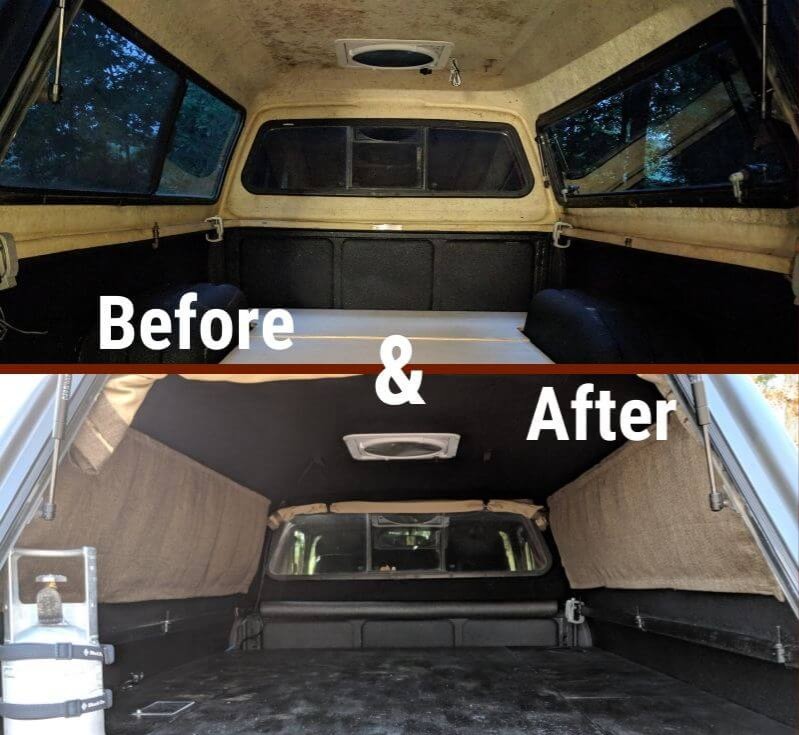Dave in AZ
Active member
I've read a ton of threads here on folks modify their truck camper shells with insulation for winter camping. But find that I either forgot, or got confused, as to best actual product to buy.
What is the best insulation for doing the thin aluminum walls, and also the canvas or poly popup tent? Some that Ive seen mentioned are reflectix, then a flexible roll of 5mm foam core with foil outer, then a stiffer foam core foil panel from HD.
What is best to work with, what thickness is needed? Best way to apply, either velcro or caulk adhesive or 3m tape? I'm sure folks have tried it all and know which is better, thx!
What is the best insulation for doing the thin aluminum walls, and also the canvas or poly popup tent? Some that Ive seen mentioned are reflectix, then a flexible roll of 5mm foam core with foil outer, then a stiffer foam core foil panel from HD.
What is best to work with, what thickness is needed? Best way to apply, either velcro or caulk adhesive or 3m tape? I'm sure folks have tried it all and know which is better, thx!

